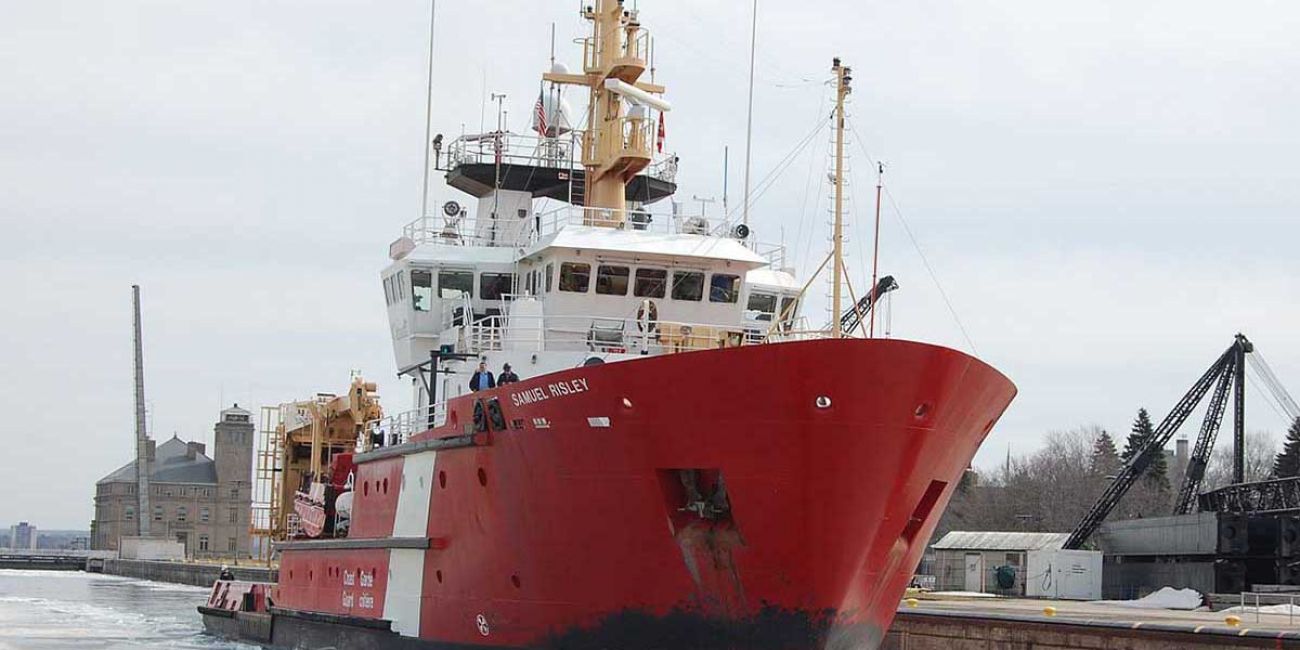Opinion | Make the companies that use the Soo Locks pay for a new one

Michigan Gov. Rick Snyder made a small step in the right direction by proposing to spend up to $50 million towards the construction of a second Poe lock in Sault Sainte Marie.
He’s also going to ask other Great Lakes states to make a comparable contribution to this new infrastructure. But Snyder and the Michigan Legislature should modify the plan so that the immediate beneficiaries of the proposed second Poe lock — the steel industry — pay part of the estimated $1 billion needed in total for the project.
The Poe lock is one of two operating Soo Locks, which connects Lake Superior with the other Great Lakes. It is the only lock that can handle the 1,000-foot lakers that are used to bring iron ore from Minnesota and the Upper Peninsula to the various steel mills located on and around the other Great Lakes.

A 2015 Department of Homeland Security study found that if the Poe lock were shut down for a period of six months or longer, unemployment would rise by 5.8 percentage points and the U.S. gross domestic product would shrink by $1.1 trillion, or roughly 6 percent. Hence, the demand for a second Poe lock.
Congress authorized the construction of a second Poe lock, initially $277 million in 1986, and most recently, $341 million, in 2007. Although of significant importance to commerce and the nation, Congress has failed to appropriate significant funds for the project, in part because the U.S. Corps of Engineers concluded this project failed a cost-benefit analysis in 2005. The Corps is expected to announce results from a re-evaluation of that analysis this month.
Even though the Soo Locks provide transit for lakers and other ships through the 21-mile passage from St. Mary’s River to Lake Huron, the Soo Locks are not part of the U.S. Inland Waterway System.
If they were, and they should be, the users of these locks would be required to pay user fees that would cover 50 percent of the capital costs of constructing improvements and new infrastructure, such as a second Poe lock.
Ever since the original authorization of the second Poe lock in 1986, the iron ore producers and steel industry have lobbied successfully to have federal taxpayers absorb a great percentage of the cost of this project. The original authorization required 20 percent of the funds come in the form of user fees. Most recently, in 2007, these industries persuaded Congress to require federal taxpayers to absorb 100 percent of the costs.
Snyder’s proposal to have Great Lakes state taxpayers absorb 20 percent of the cost of this project moves the dial ever so slightly toward maximizing efficiency by having those who more directly benefit from this project, pay for it.
But the real and immediate beneficiaries are the iron ore and steel producers and other users of the current Poe lock, so it would be both more efficient and fairer if Great Lake taxpayers merely lent these funds to the beneficiaries, who would ultimately pay the bill.
The Trump administration recently made a good case for why industry beneficiaries should pay these user fees.
The recent Economic Report of the President argues, “The rationale for imposing user fees is especially strong when the services in question provide significant private benefits relative to the overall public benefits generated by use of the asset.”
This report suggests that policymakers in Washington, D.C., and Lansing should revisit the financing of this project. The Soo Locks should be treated like other infrastructure in the Inland Waterway System, and users of these locks should pay fees just as users of the Inland Waterway System do. Currently, shippers get a free ride on the operations and maintenance costs of the Soo Locks, paying nothing towards that end.
But they should help fund these costs too, as President Trump’s recent economic report also recommended.
Sen. Everett Dirksen of Illinois is known for his famous quote: “A billion here, a billion there, and pretty soon you're talking about real money.”
This project now hits that threshold. For a country that has $22 trillion in debt, there is no reason that taxpayers, federal or state, should absorb 100 percent of the cost of building a second Poe lock.
Instead, its principal beneficiaries — iron ore and steel producers — should.
See what new members are saying about why they donated to Bridge Michigan:
- “In order for this information to be accurate and unbiased it must be underwritten by its readers, not by special interests.” - Larry S.
- “Not many other media sources report on the topics Bridge does.” - Susan B.
- “Your journalism is outstanding and rare these days.” - Mark S.
If you want to ensure the future of nonpartisan, nonprofit Michigan journalism, please become a member today. You, too, will be asked why you donated and maybe we'll feature your quote next time!

